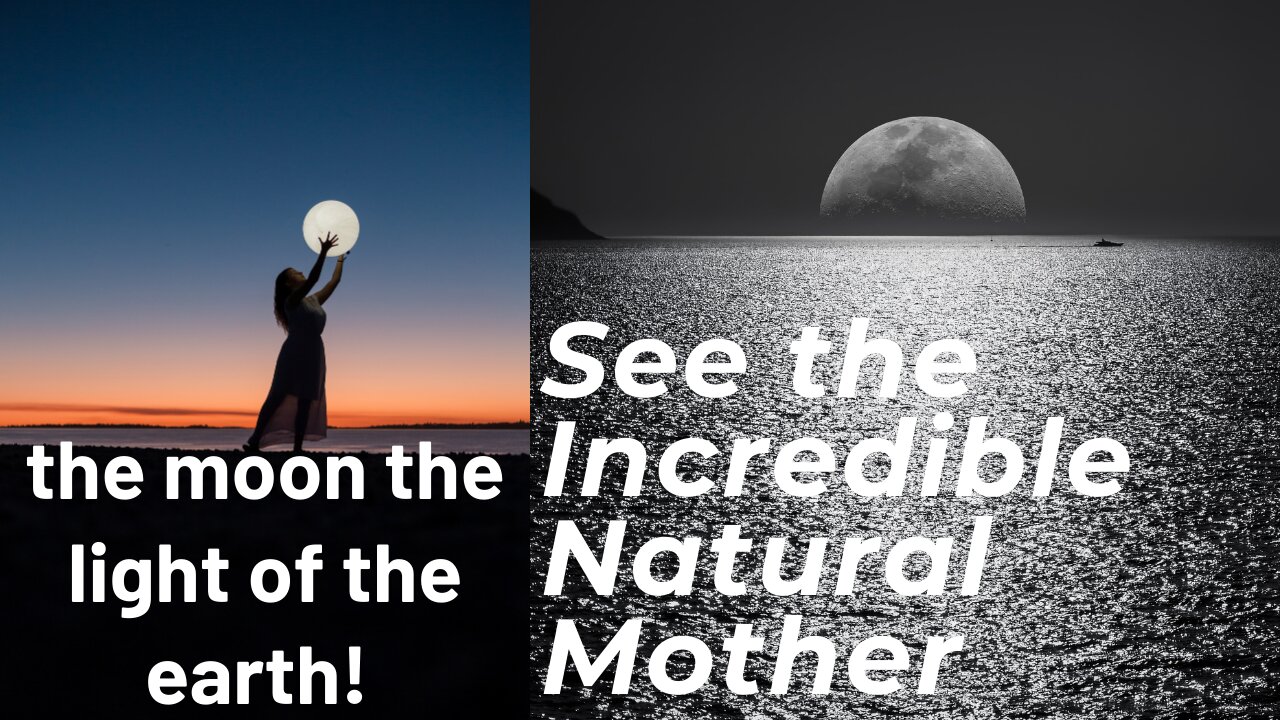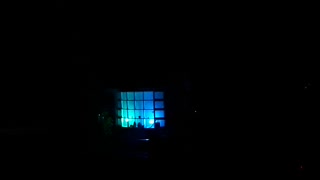Premium Only Content

The Movement of The Moon During The Night With Its Star
The Moon is Earth's only proper natural satellite. It is the fifth largest satellite in the Solar System, larger than any dwarf planet and the largest natural satellite in the Solar System relative to the size of its planet, at a quarter the diameter of Earth, comparable to the width of Australia.[13] The Moon orbits Earth at an average lunar distance of 384,400 km (238,900 mi),[14] or 1.28 light-seconds. Its gravitational influence produces Earth's tides and slightly lengthens Earth's day. The Moon is a differentiated rocky body; has a surface gravity of 0.1654 g, about one-sixth of Earth's; and lacks a significant atmosphere, hydrosphere or magnetic field. A planetary-mass moon, it has among satellites with a known density the second highest surface gravity and density in the Solar System after Jupiter's moon Io.
The Moon's orbit around Earth has a sidereal period of 27.3 days, and a synodic period of 29.5 days. The synodic period drives its lunar phases, which form the basis for the months of a lunar calendar. The Moon is tidally locked to Earth, which means that the length of a full rotation of the Moon on its own axis (a lunar day) is the same as the synodic period, resulting in its same side (the near side) always facing Earth. That said, 59% of the total lunar surface can be seen from Earth through shifts in perspective (its libration).
-
 0:18
0:18
ViralHog
4 years agoLine to Night Club During Lockdown
31 -
 2:08
2:08
KMTV
4 years agoFriday night lights looks different during pandemic
175 -
 0:41
0:41
Kattjo24
4 years agoPeaceful full moon night ends with EXPLOSION!
2503 -
 0:14
0:14
SOLUS13
4 years ago $0.39 earnedElection Night Moon
362 -
 2:23
2:23
WXYZ
4 years agoWhitmer speaks during first night of DNC
631 -
 0:50
0:50
Readings of great or naff poems
4 years ago $0.02 earnedAcquainted with the Night
183 -
 2:19
2:19
KMTV
4 years agoConnecting with seniors during the pandemic
12 -
 0:48
0:48
beavergrad
4 years agoNight dive with Manta in Hawaii
51 -
 0:30
0:30
ViralHog
4 years ago $4.19 earnedBear Rings Doorbell During Late Night Visit
9.17K4 -
 1:56
1:56
WTMJMilwaukee
4 years agoRecovery after three shot during Kenosha protests Tues. night
239